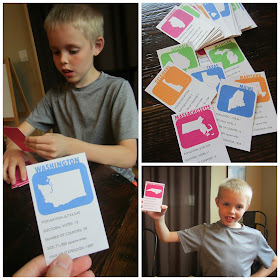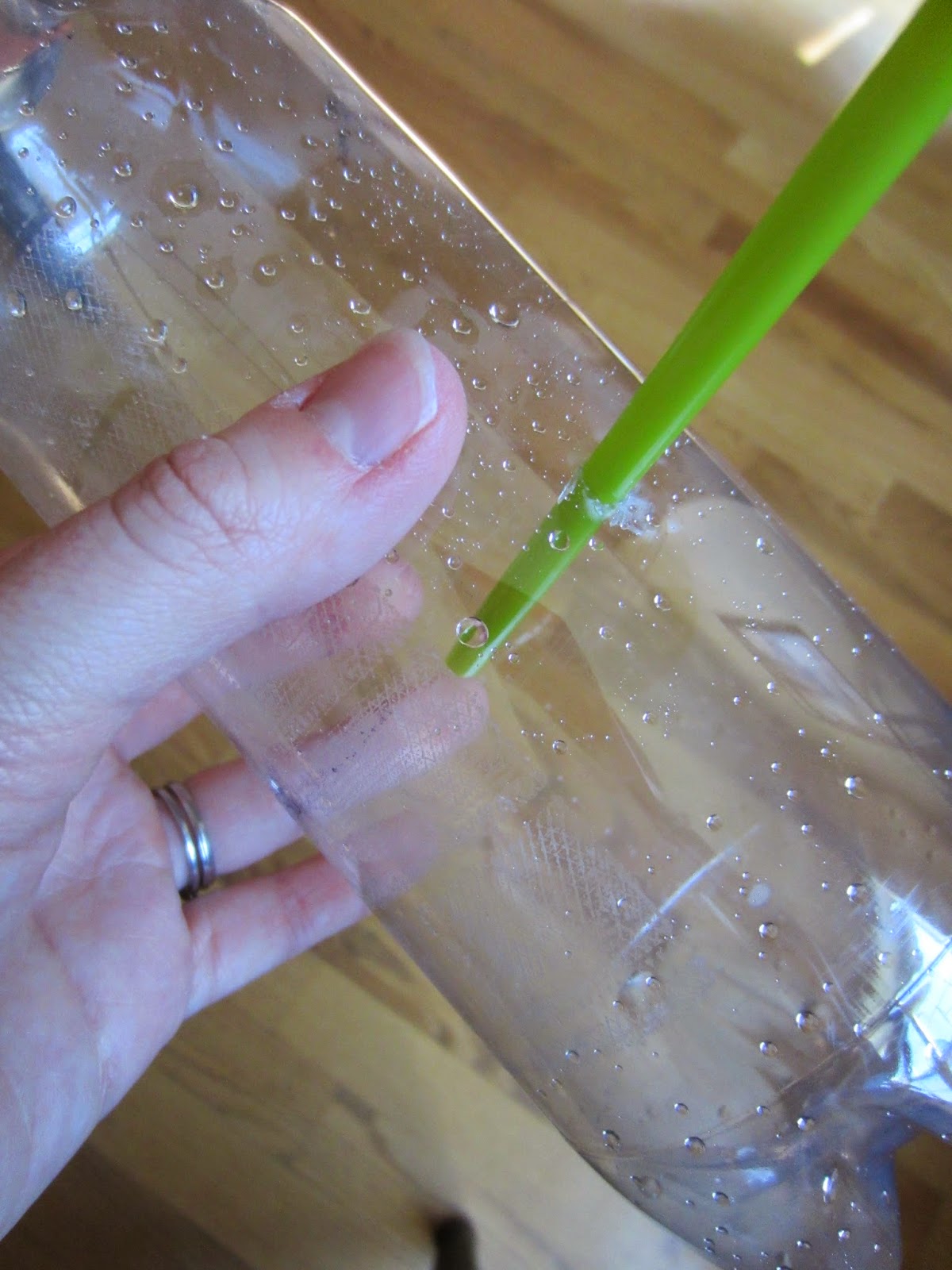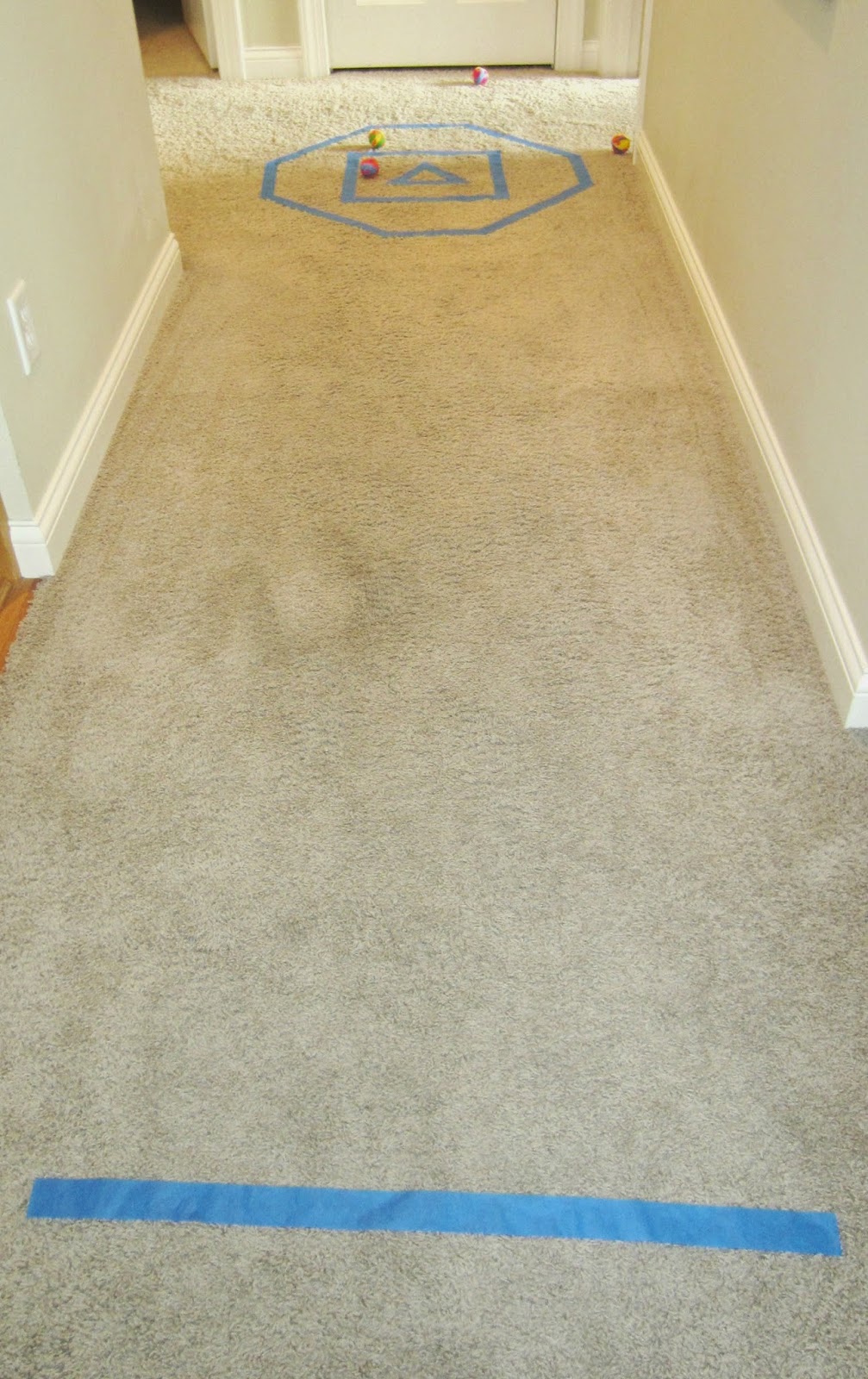Have you heard of bleeding art tissue? As soon as I did,
it was added to my must-make art projects. But, if I'm being totally honest, my
oldest boy is not a fan of art. "It's not my thing, Mom," he always
says. (sigh)
This mama with an art history degree is always looking for sneaky
ways to make art fun. This art lesson is cleverly disguised as a science
extension.
We read Why Does the Sun Set? by Violet Miller to truly understand what's happening when the sky is filled vibrant oranges and pinks.
Then we got busy making our own sunset.
After reassuring my son that we weren't going to paint,
his interest was piqued. I cut loads of small squares of bleeding art tissue
with my paper cutter. NOTE: Regular gift wrap tissue will not produce the
vibrant colors that this art tissue will.
He wet a large piece of watercolor paper with a small
sponge. Then I laid a small circular plastic lid at the bottom to simulate our
sun. He arranged pieces of tissue around it - first orange, then pink, red,
purple, blue, and light blue at the top of the page. The wet paper helped our
pieces of tissue stick.
Lastly, he spritzed the paper with a squirt bottle filled
with water.
Now we let it dry overnight. In the morning, he pulled
all the tissue squares off to reveal the sunset underneath. Beautiful!








.jpg)







































